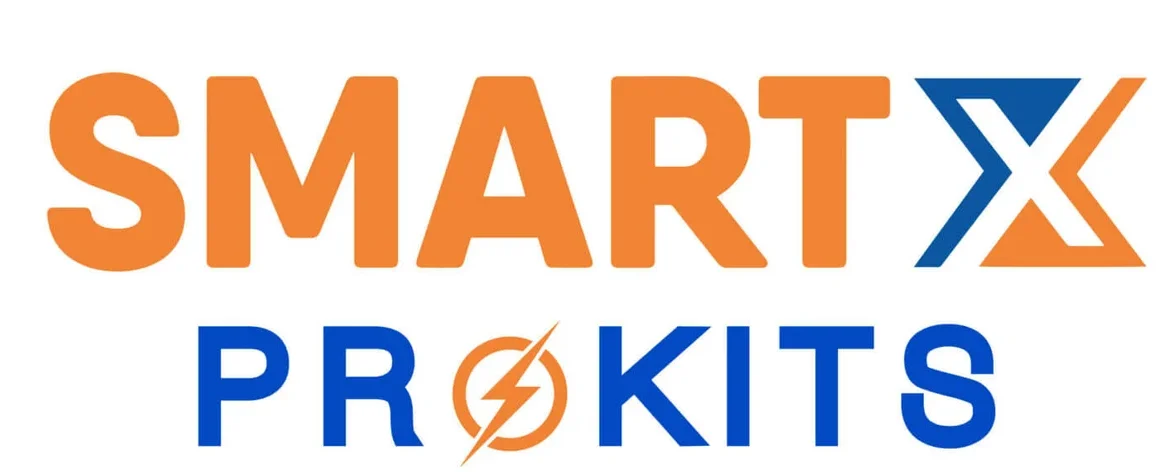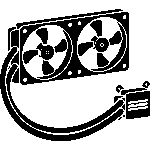Tag Archives: voltage regulator
Low Voltage Industrial Sensor Power Design: A Beginner’s Guide
/*! elementor - v3.21.0 - 26-05-2024 */
.elementor-widget-image{text-align:center}.elementor-widget-image a{display:inline-...
Low Voltage Gesture Control Power Supply: Fixing Common Issues
/*! elementor - v3.21.0 - 26-05-2024 */
.elementor-widget-image{text-align:center}.elementor-widget-image a{display:inline-...
Reverse Polarity Protection with LDOs: Simple and Effective
/*! elementor - v3.21.0 - 26-05-2024 */
.elementor-widget-image{text-align:center}.elementor-widget-image a{display:inline-...
Low Voltage Fingerprint Scanner Power: How to Fix and Optimize Your Projects
/*! elementor - v3.21.0 - 26-05-2024 */
.elementor-widget-image{text-align:center}.elementor-widget-image a{display:inline-...
Low Voltage Camera Module Power Reference: Troubleshooting and Solutions for Electronics Hobbyists
/*! elementor - v3.21.0 - 26-05-2024 */
.elementor-widget-image{text-align:center}.elementor-widget-image a{display:inline-...
Low Voltage ESP32 Power Reference: Solving Power Issues in Your Projects
/*! elementor - v3.21.0 - 26-05-2024 */
.elementor-widget-image{text-align:center}.elementor-widget-image a{display:inline-...


















